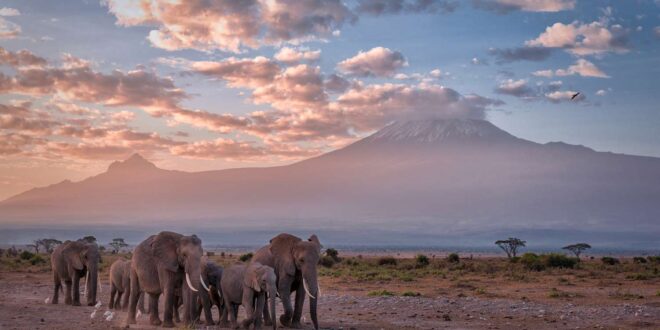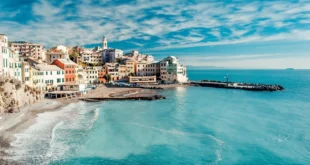Kenya, known for its stunning landscapes, diverse wildlife, and rich cultural heritage, is a dream destination for many travelers. From the bustling streets of Nairobi to the tranquil beaches of the Indian Ocean, Kenya offers a myriad of experiences that cater to all kinds of adventurers. Whether you’re a safari enthusiast, a beach lover, or a culture seeker, this ultimate travel guide to Kenya will help you plan an unforgettable journey.
Kenya, located in East Africa, is bordered by the Indian Ocean to the southeast, Tanzania to the south, Uganda to the west, South Sudan to the northwest, Ethiopia to the north, and Somalia to the northeast. The country is known for its diverse ecosystems, including savannas, lake regions, the Great Rift Valley, and mountain highlands. Kenya’s capital, Nairobi, is a vibrant city that serves as a gateway to the country’s numerous natural and cultural attractions.
Best Time to Visit
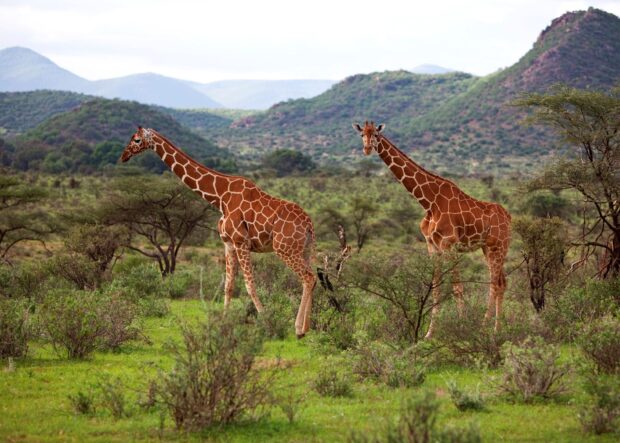
Kenya’s climate varies depending on the region, but generally, the best time to visit is during the dry seasons. The two main dry seasons are from January to March and July to October. These periods are ideal for wildlife viewing as animals gather around water sources. The Great Migration, where millions of wildebeest and zebras migrate from the Serengeti in Tanzania to the Maasai Mara in Kenya, typically occurs from July to October and is a spectacle not to be missed.
Top Destinations
1. Maasai Mara National Reserve
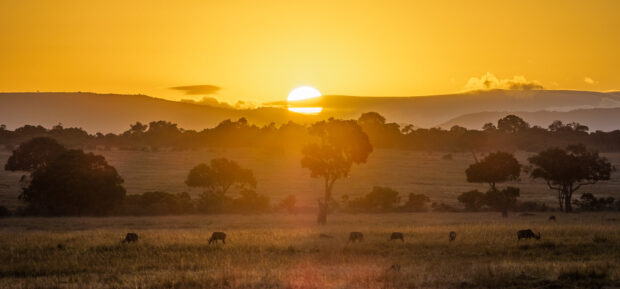
The Maasai Mara is perhaps Kenya’s most famous safari destination. Known for its exceptional population of lions, leopards, cheetahs, and the annual Great Migration, the Mara offers some of the best wildlife viewing opportunities in the world. Visitors can enjoy game drives, hot air balloon safaris, and cultural tours with the Maasai people. It is the top destination for a Kenya luxury safari.
2. Amboseli National Park
Amboseli National Park is renowned for its stunning views of Mount Kilimanjaro, Africa’s highest peak. The park is home to large herds of elephants, as well as buffaloes, lions, giraffes, and various bird species. Amboseli’s diverse habitats, including wetlands, savannah, and woodlands, make it a fantastic destination for photographers and nature lovers.
3. Lake Nakuru National Park
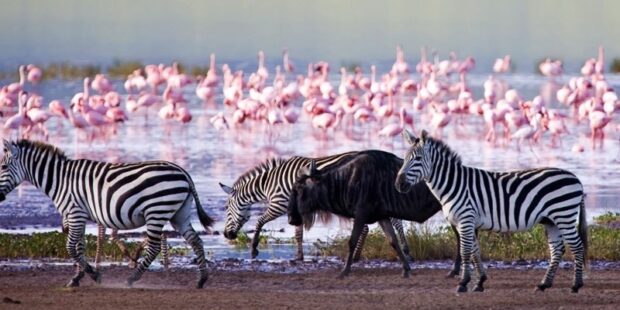
Famous for its flocks of flamingos, Lake Nakuru National Park is a bird watcher’s paradise. The park also hosts a variety of other wildlife, including rhinos, giraffes, and hippos. The alkaline lake’s picturesque landscape, surrounded by forests and grasslands, provides a serene setting for game drives and picnics.
4. Nairobi
Nairobi, Kenya’s capital, is a bustling metropolis that offers a mix of modernity and tradition. Key attractions include the Nairobi National Park, where you can spot wildlife against the backdrop of the city skyline, the David Sheldrick Wildlife Trust, which is known for its elephant orphanage, and the Giraffe Centre, where you can feed and interact with endangered Rothschild giraffes. The Karen Blixen Museum and the bustling Maasai Market are also must-visits for those interested in culture and history.
5. Lamu Island
For a taste of Kenya’s coastal charm, Lamu Island is the perfect destination. This UNESCO World Heritage site is known for its well-preserved Swahili architecture, pristine beaches, and laid-back atmosphere. Explore the narrow streets of Lamu Town, visit the Lamu Museum, and take a dhow sailing trip to experience the island’s rich maritime heritage.
Activities and Experiences
1. Safari Adventures
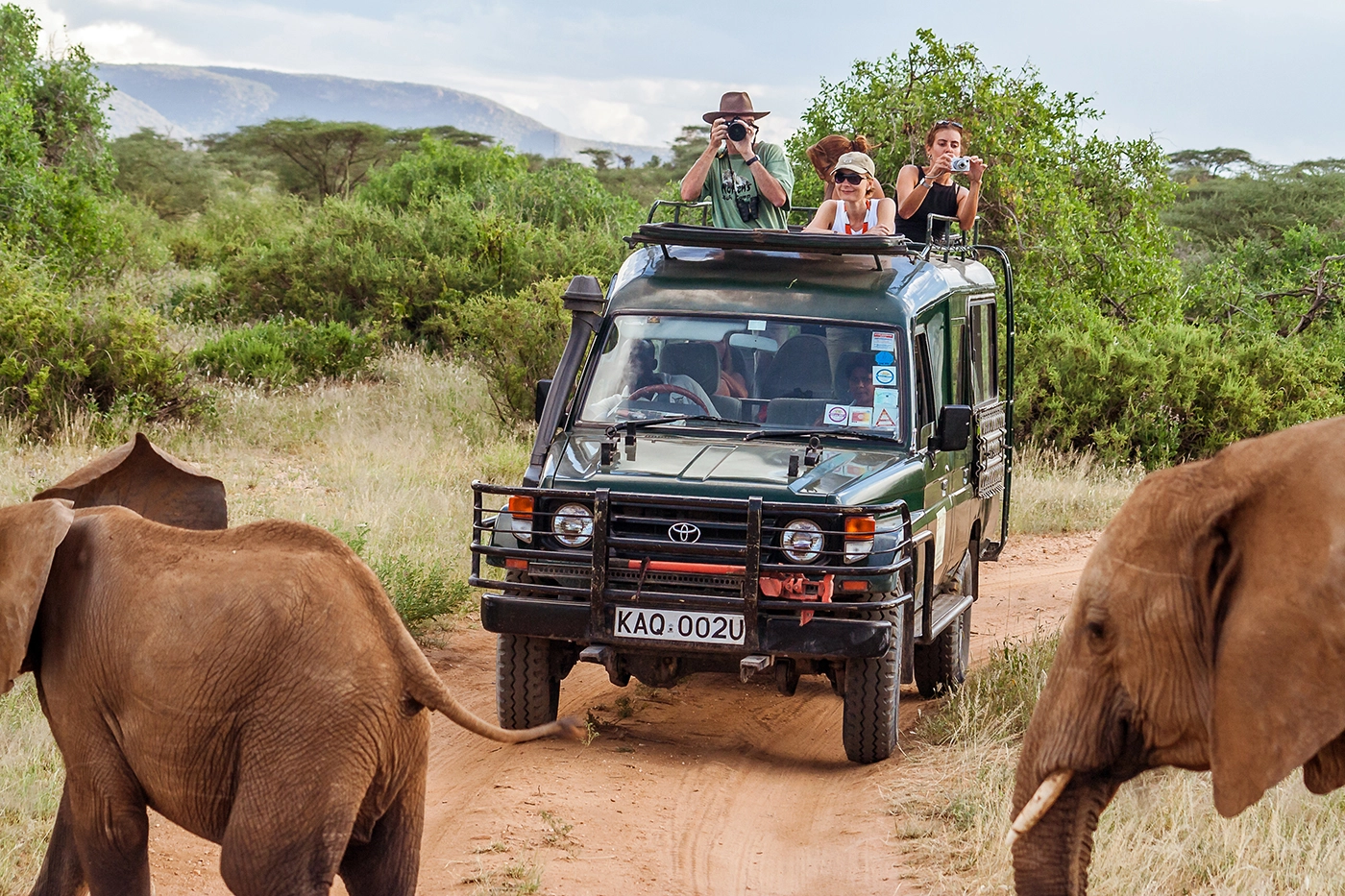
Kenya is synonymous with safaris, and there are numerous ways to experience its incredible wildlife. Game drives are the most popular, but walking safaris, horseback safaris, and even cycling safaris are available for those seeking a different perspective. Hot air balloon rides over the Maasai Mara offer breathtaking views of the savannah and its inhabitants.
2. Beach Escapes
Kenya’s coastline along the Indian Ocean is dotted with beautiful beaches and luxurious resorts. Diani Beach, with its white sands and clear waters, is ideal for sunbathing, snorkeling, and diving. Watamu is another popular destination, known for its coral gardens and marine life. For a more secluded experience, head to the Lamu Archipelago, where you can relax on unspoiled beaches and explore traditional Swahili villages.
3. Cultural Encounters
Kenya is home to over 40 different ethnic groups, each with its own unique culture and traditions. Visiting a Maasai village provides insight into the lifestyle of one of Kenya’s most iconic tribes. You can also attend cultural festivals, such as the Lamu Cultural Festival and the Mombasa Carnival, to experience traditional music, dance, and cuisine.
4. Hiking and Mountain Climbing
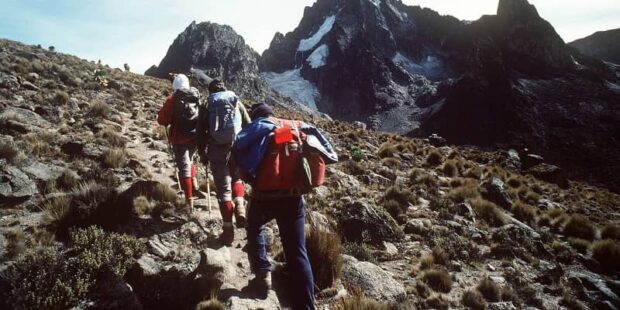
For outdoor enthusiasts, Kenya offers excellent hiking and climbing opportunities. Mount Kenya, Africa’s second-highest peak, is a popular destination for trekkers and climbers. The mountain has several routes, catering to different skill levels, and offers stunning views of glaciers, valleys, and alpine meadows. The Aberdare Range and Hell’s Gate National Park are also great for hiking and exploring dramatic landscapes.
Practical Information
1. Visa and Entry Requirements
Most visitors to Kenya require a visa, which can be obtained online through the eVisa system or on arrival at the airport. Ensure your passport is valid for at least six months from the date of entry and has at least two blank pages. Some nationalities may be exempt from visa requirements, so it’s best to check the latest regulations before traveling.
2. Health and Safety
Before traveling to Kenya, it’s essential to check the necessary vaccinations, such as yellow fever, typhoid, and hepatitis A and B. Malaria is prevalent in many parts of Kenya, so taking prophylactic medication and using insect repellent is recommended. While Kenya is generally safe for tourists, it’s advisable to stay informed about the current security situation and take standard precautions, such as avoiding isolated areas at night and using reputable transport services.
3. Currency and Tipping

The official currency in Kenya is the Kenyan Shilling (KES). ATMs are widely available in major cities and towns, and credit cards are accepted in many hotels, restaurants, and shops. Tipping is customary in Kenya, with a standard tip of 10-15% in restaurants. For safari guides and drivers, tipping is at your discretion but is generally appreciated.
4. Language and Communication
Kenya’s official languages are English and Swahili, making it relatively easy for English-speaking travelers to communicate. Learning a few basic Swahili phrases can enhance your travel experience and show respect for the local culture. Mobile networks are extensive, and you can easily purchase a local SIM card for internet access and communication.
Kenya is a land of endless possibilities, where the call of the wild and the warmth of its people create an unforgettable travel experience. Whether you’re exploring the savannahs, relaxing on the coast, or immersing yourself in vibrant cultures, Kenya offers something for everyone. This ultimate travel guide to Kenya will help you navigate your way through this enchanting country and make the most of your adventure. Pack your bags and get ready to embark on the journey of a lifetime in the heart of Africa.
 Jewel Beat
Jewel Beat
